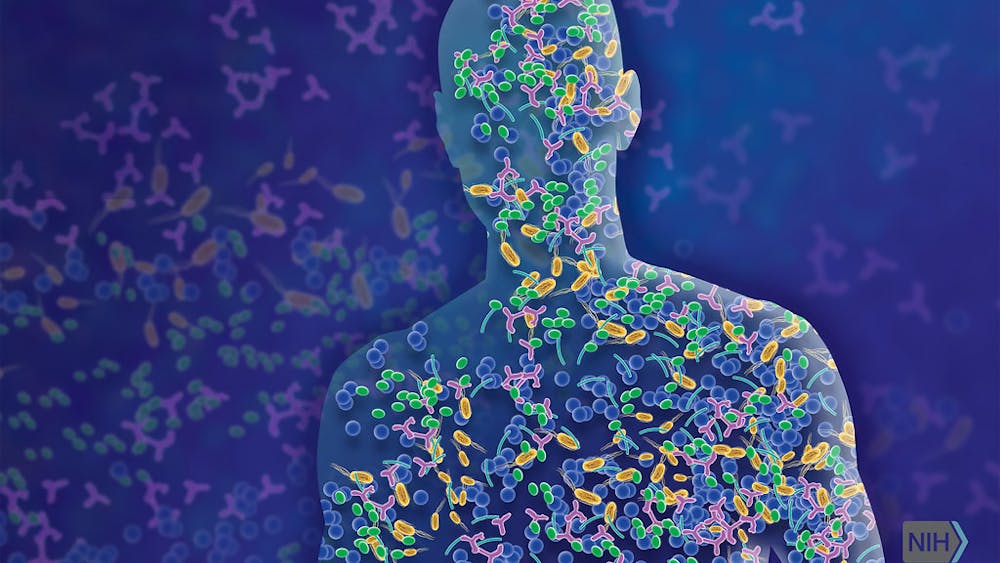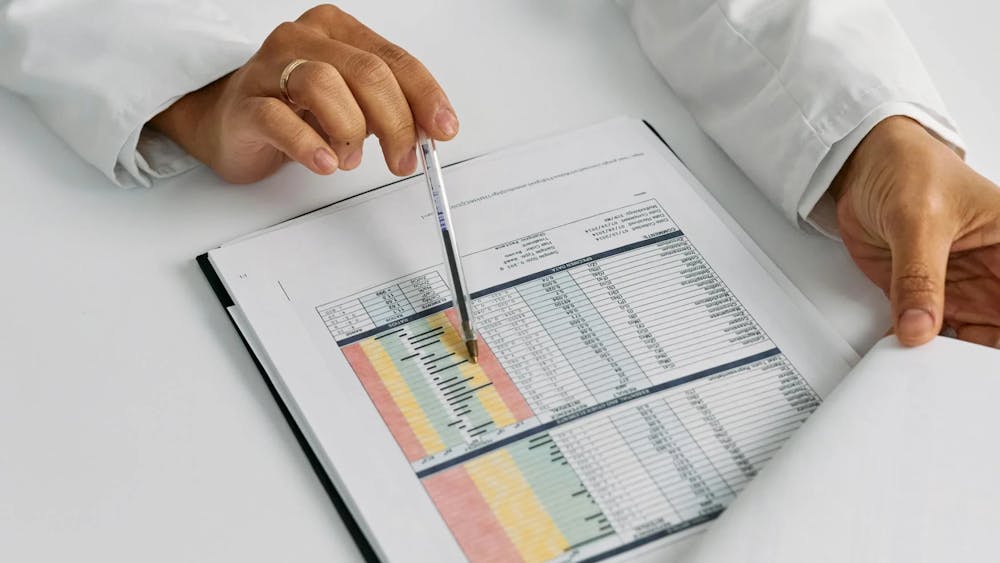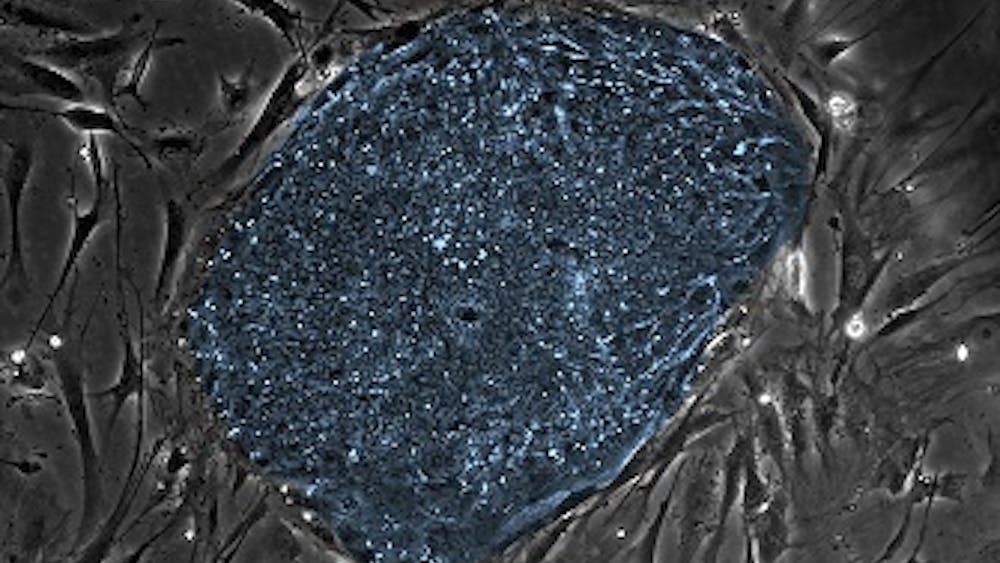Self-diagnostic tests for STDs: Diagnostic medicine in a post-COVID world
By GODSON NKANGINIEME | March 3, 2025Despite the hardship the COVID-19 pandemic inflicted on many globally, it sparked immense progress in rapid testing for infectious disease: One could take a test quickly at home to determine whether they were infected, accelerating disease detection, treatment and recovery. Such innovation was partially championed by the Johns Hopkins University Center for Innovative Diagnostics for Infectious Diseases (JHCIDID).





















